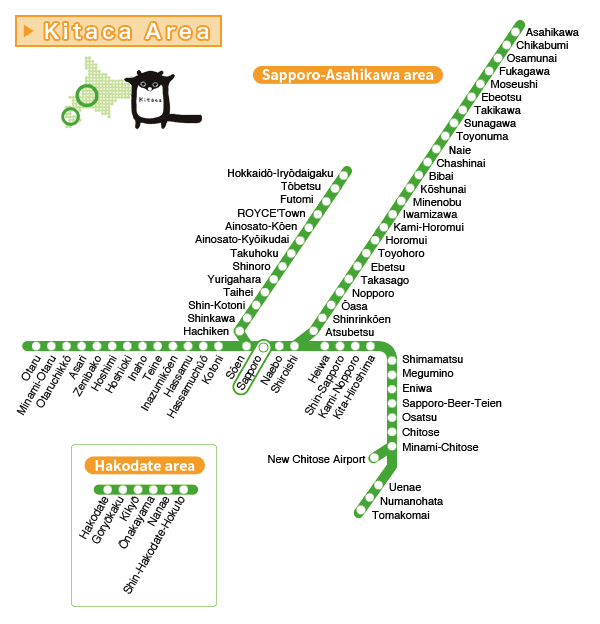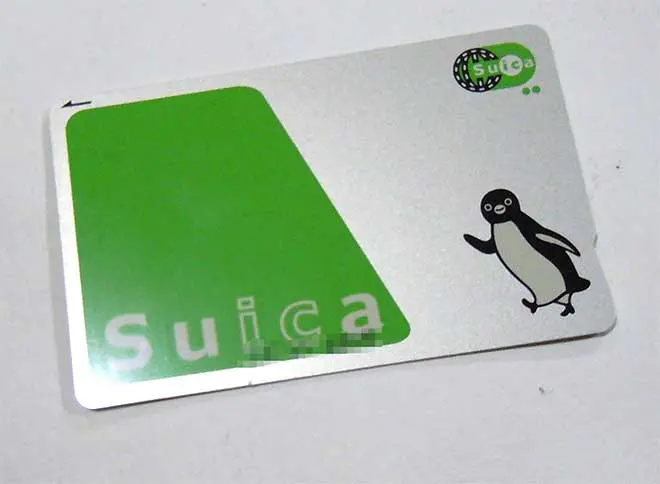Attention: According to the JR East website, due to the global semiconductor shortage, the sale of “Suica” and “PASMO” cards has been temporarily suspended since June 8th 2023. Instead, here are the steps to install the Mobile Suica app on your iPhone.
How to install Mobile Suica on your iPhone
You can install the Suica app on your iPhone outside of Japan, but there are a few steps you need to follow:
1. Change Your App Store Region:
– Go to Settings > [Your Name] > iTunes & App Store.
– Tap on your Apple ID and select View Apple ID.
– Sign in if prompted, then tap Country/Region.
– Select Change Country or Region and choose Japan.(It might be possible for the Suica app to appear without changing your region to Japan.)
– Agree to the terms and conditions, then fill in a Japanese address (you can use any legitimate address found online).
2. Download the Suica App:
– Open the App Store.
– Search for the Suica app and download it.
3. Add a Payment Method:
– To use the Suica app, you will need a payment method that works in Japan. You can add a Japanese credit card or use Apple Pay with a supported card.
Once you have the Suica app installed, you can use it to add a virtual Suica card to your Apple Wallet, charge it, and use it for travel and purchases in Japan. Remember to switch your App Store region back to your home country after downloading the app if you prefer.
also read this helpful article below:
How to use Japanese “Suica (public transit fare payment system)” on US smartphones?
Which card is the best?
When you arrive at your hotel and plan to explore the city using buses, subways, or trams, buying individual tickets for each ride can be quite cumbersome. While taking a taxi might seem easier, exploring by public transport often involves multiple transfers and can be time-consuming if you’re buying tickets each time.
Japan offers several IC cards for public transport, and deciding which one to choose can depend on your travel plans and where you arrive in Japan. Since most travelers arrive at airports, it’s advisable to obtain an IC card there that can be used across different transport networks. Fortunately, many IC cards are interchangeable within their respective regions:
- Kitaca (Greater Sapporo): Ideal for exploring Sapporo and nearby areas
- Suica (Greater Tokyo, Sendai, Niigata, Sapporo): Suitable for extensive travel in Tokyo and beyond
- PASMO (Greater Tokyo): Similar to Suica, widely accepted in Tokyo and surrounding regions
- manaca (Greater Nagoya): Recommended for Nagoya and its surrounding areas.
- TOICA (Greater Nagoya): Used primarily in Nagoya and its nearby regions.
- ICOCA (Greater Osaka): Useful for traveling around Osaka and beyond; also includes the ICOCA&HARUKA discount set for Kansai International Airport travelers
- PiTaPa (Greater Osaka): Another option for transport in Osaka and neighboring areas.
- nimoca (Greater Fukuoka): Serving Fukuoka and its vicinity.
- SUGOCA (Greater Fukuoka, Saga, Oita, Kumamoto, Nagasaki, Kagoshima): Covering a wide area in Kyushu.
- はやかけん (Hayakaken) (Greater Fukuoka)**: Another choice for travel in the Fukuoka area
- For most travelers, we recommend considering Kitaca, Suica, TOICA, ICOCA, SUGOCA, or PASMO due to their wide acceptance and convenience across various regions in Japan.
We recommend Kitaca, Suica, TOICA, ICOCA, SUGOKA or PASMO.
Usable area for IC card
Before using an IC card, carefully review its coverage area and restrictions. Remember, for long-distance travel between regions like Tokyo and Sapporo, you’ll need to purchase separate tickets or use a Japan Rail Pass for JR trains.

Reasonable Rail Passes only for foreign visitors
JR Hokkaido offers special discounted tickets exclusively for foreign tourists, so please check those out as well.
https://www.jrhokkaido.co.jp/global/english/ticket/index.html
Related articles
Choosing the Best IC Card for Transportation in Sapporo City


